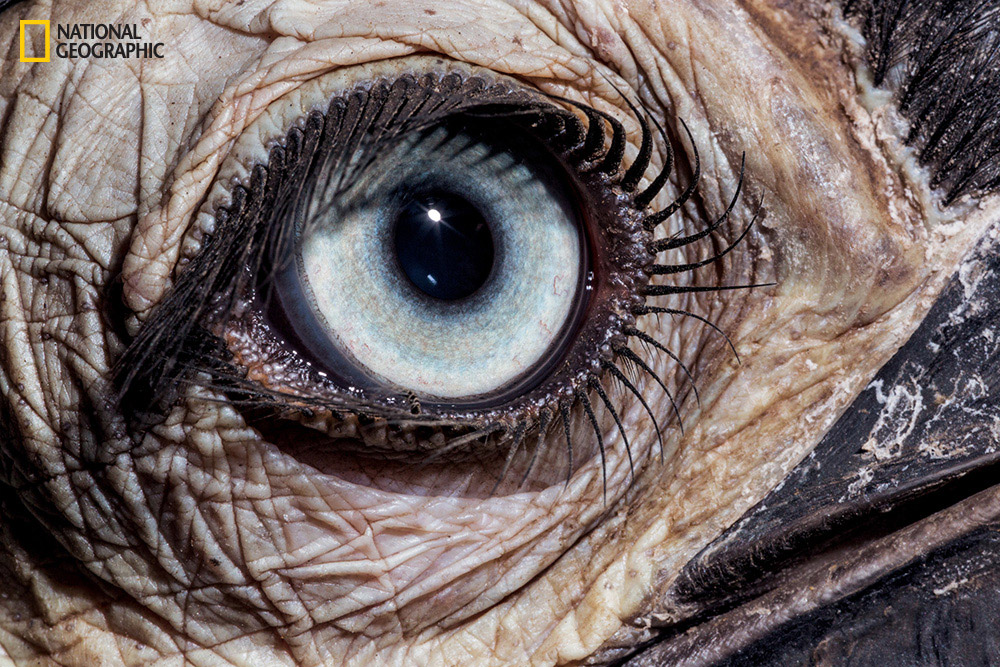Eyes wide open: National Geographic takes a fascinating close-up look at animal eyes
National Geographic magazine's February issue features a close-up look at the eyes of various species. Inside the Eye: Nature's Most Exquisite Creation, an article by Ed Yong, discusses the anatomy and evolution of eyes, looking at how a creature's environment contributes to the function, form and appearance of its eyes.











Yong says there is an almost endless variation of eyes in the animal kingdom. Some see only in black and white, while others perceive the full rainbow and beyond, to wavelengths invisible to human. Some can't even gauge the direction of incoming light; others can spot running prey miles away. The smallest animal eyes, on the heads of fairy wasps, are barely bigger than an amoeba; the biggest are the size of dinner plates, and belong to gigantic squid species.
"To understand how eyes evolved," writes Yong, "Scientists need to do more than examine their structures. They need to ... understand how animals use their eyes."
Read the full article in National Geographic's February 2016 issue.
© Copyright IBTimes 2025. All rights reserved.






















